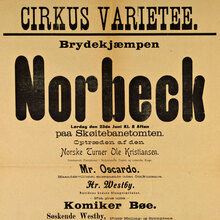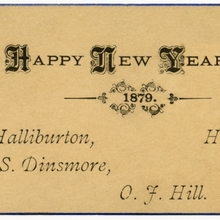Originating in the second half of the 1800s, “Celtic” was a name
given to variants of the “Antique” style with low contrast and
sharp serifs. A
Franklin specimen shows Celtic (caps only) with
C. Light-Face (w/
lowercase and monocular ‘g’) and C. Boldface (w/ lc and double-storey ‘g’),
Celtic No. 2 (light and
less wide, caps only), No. 3 (like No. 2 with lc), and C. Condensed. Miller &
Richard’s face was called Latin.
Klinkhardt had Mediaeval-Egyptienne (≊
C. Light-Face),
accompanied by Breite Med.-Egypt-Versalien (≊
C. No. 2),
Schmale Med.-Egypt-Versalien (condensed, caps
only) and bold (Renaissance) Zierschriften (≊ C.
Boldface).
For digital interpretations, see Lyric (XYZ Type), Brioche (Jessica Hische), and
More…
Originating in the second half of the 1800s, “Celtic” was a name given to variants of the “Antique” style with low contrast and sharp serifs. A Franklin specimen shows Celtic (caps only) with C. Light-Face (w/ lowercase and monocular ‘g’) and C. Boldface (w/ lc and double-storey ‘g’), Celtic No. 2 (light and less wide, caps only), No. 3 (like No. 2 with lc), and C. Condensed. Miller & Richard’s face was called Latin.
Klinkhardt had Mediaeval-Egyptienne (≊ C. Light-Face), accompanied by Breite Med.-Egypt-Versalien (≊ C. No. 2), Schmale Med.-Egypt-Versalien (condensed, caps only) and bold (Renaissance) Zierschriften (≊ C. Boldface).
For digital interpretations, see Lyric (XYZ Type), Brioche (Jessica Hische), and Ivory (FaceType). Dora Godfrey made another digitization in 2015.



























